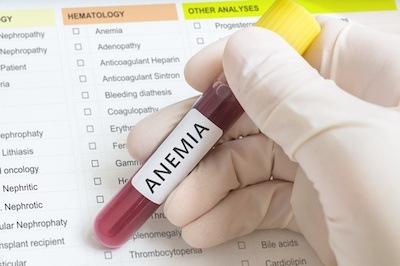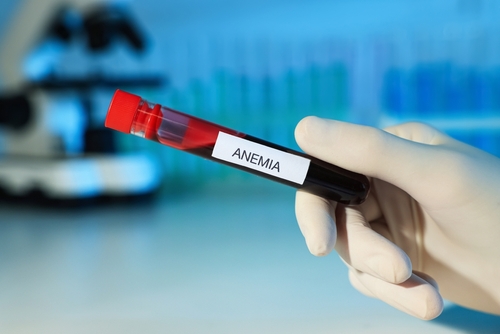
Patients on hemodialysis often develop anemia due to hypoerythropoiesis and chronic inflammation. The hormone hepcidin regulates iron homeostasis and is an indicator of iron deficiency in patients with end-stage kidney disease. Masateru Yamamoto and colleagues in Japan conducted a study designed to examine the effects of increased blood flow rate (BFR) during hemodialysis on serum hepcidin levels and anemia [BMC Nephrology. doi.org/10.1186/s12882-021-02426-7].
Between April 2014 and March 2016, the study enrolled 22 patients undergoing maintenance hemodialysis treatment three times a week. The patients were followed prospectively for 14 months. Of the 22 patients, 11 were men and mean age was 72 years. In April 2014, the BFR was 200 mL/min; BFR was increased to 400 mL/min in 2015. The dialysate flow rate was stable at 500 mL/min. The primary end point of interest was the comparison of the amounts of erythropoiesis-stimulating agent (ESA) required.
The increased BFR increased total kidney volume and was associated with a significant decrease in urea nitrogen (P=.015) and creatinine (P=.005) levels. Increasing the BFR improved the dialysis efficiency. Further, there were significant reductions in ferritin, hepcidin, and high -sensitivity interleukin-6 levels (P=.038, P=.041, and P=.038, respectively). There was significant reduction in the ESA administered (P=.004) and significant improvement in the Erythropoietin Resistant Index (ERI) (P=.031).
Compared to rates of reduction in urea nitrogen, creatinine, and beta-2 microglobulin prior to the BFR increase, reduction rates after the BFR increase were significantly greater. There was no effect on hepcidin related to the BFR change.
In conclusion, the researchers said, “Increasing BFR was associated with hemodialysis efficiency, and led to reduce inflammatory cytokine interleukin-6, but did not contribute to reduce C-reactive protein. This reduced hepcidin levels, ESA dosage, and ERI. Hepcidin levels were significantly correlated with ferritin levels, and it remains to be seen whether reducing hepcidin leads to improve ESA and iron availability during anemia management.”







 © 2025 Mashup Media, LLC, a Formedics Property. All Rights Reserved.
© 2025 Mashup Media, LLC, a Formedics Property. All Rights Reserved.